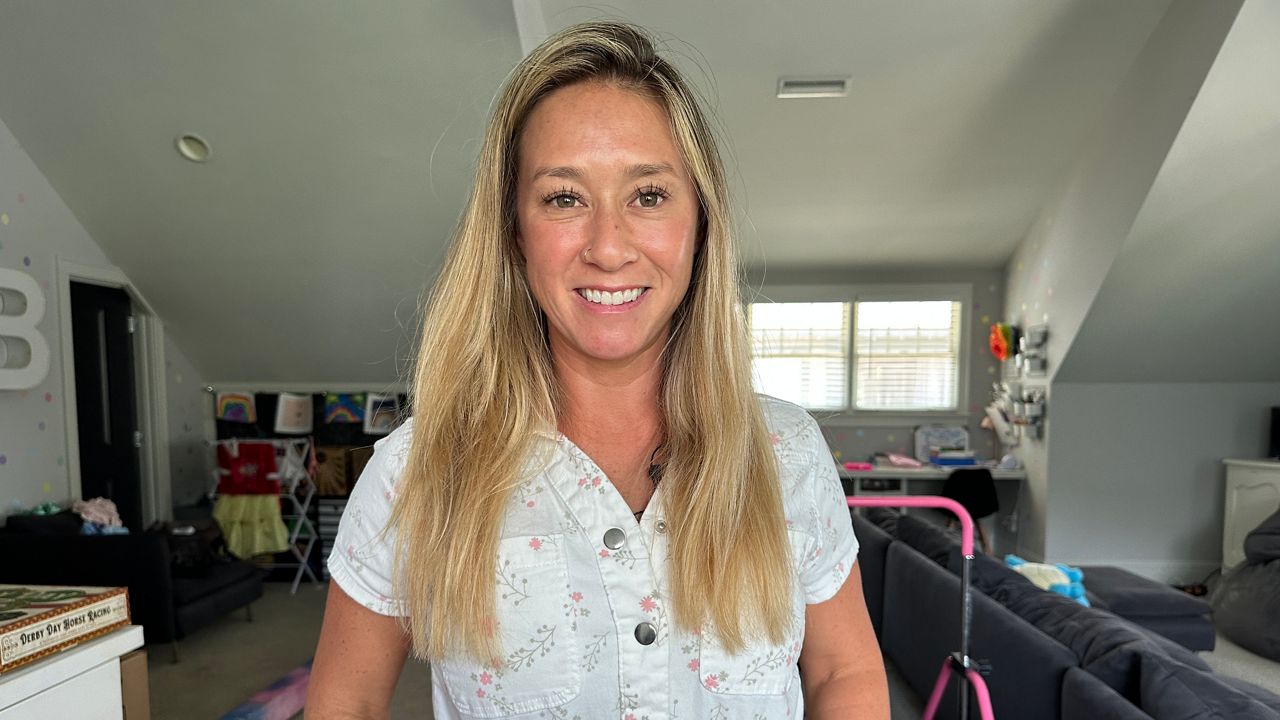CHARLOTTE, N.C. — The number of women carrying babies for another person is expected to increase in years to come.
Global Market Insights estimates the surrogacy market will grow from $14 billion in 2022 to $129 billion by 2032.
One of the forms of surrogacy is known as gestational surrogacy, which is when a woman carries a baby that she's not genetically related to for another person.
Atrium Health CMC’s Women’s Institute Medical Director and Director of Fertility Preservation Dr. Michelle Matthews said in the past 20 years gestational surrogacy is used more often for family building.

“Women are waiting until they’re older to have children, so as we wait until we get older, we can have more gynecologic conditions and medical conditions where you need to use a surrogate, and then of course you know with same-sex family building, I think there is more recognition and acceptance of that,” Matthews said.
This process is made possible through in vitro fertilization where a sperm and an egg are fertilized outside the body before the fertilized egg is transferred into a surrogate to carry the pregnancy.
Brianna Buck is a mom of two. In 2020, after she and her husband completed their family, she became a gestational surrogate in 2020 for a couple in New York.
“I just came to know so many people who are struggling with infertility who are going to be such fantastic parents, but there are all these things standing in their way, and I just thought that was something I could do,” Buck said. “I just came to know so many people who are struggling with infertility who are going to be such fantastic parents, but there are all these things standing in their way, and I just thought that was something I could do,” Buck said.
A surrogacy agency matched her with the intended parents. At first, the process involved screenings, sharing medical records, signing a contract and having an embryo transfer.
“I always tell people, it was the most amazing experience in my life,” Buck said.
According to the Centers for Disease Control and Prevention, the number of embryo transfer cycles using gestational carriers increased from 2,841 in 2011 to 9,195 in 2019. In 2020, the number decreased to 7,786.
At CMC Women’s Institute, Matthews said the numbers have been on the rise in the past 10 years.
Buck, who works at Nodal Health a platform matching surrogates and intended parents, is also noticing the upward trend.
She said nowadays surrogacy is not only for celebrities.
“Now that is becoming more accessible for people who need it, people are more understanding that they have that option,” Buck said.
Buck kept in touch with the intended parents during pregnancy and tried to stay as healthy as possible throughout.
"You feel so much responsibility, and you want to make sure the baby is safe,” Buck said.
She received around $50,000 in compensation for surrogacy and an experience she describes as unforgettable.
“To know you built this family and created this life for another family was really incredible,” Buck said.
Matthews said as with any pregnancy, there are potential complications, in this case for the surrogate.
She adds social media and celebrities have likely increased awareness about surrogacy.









